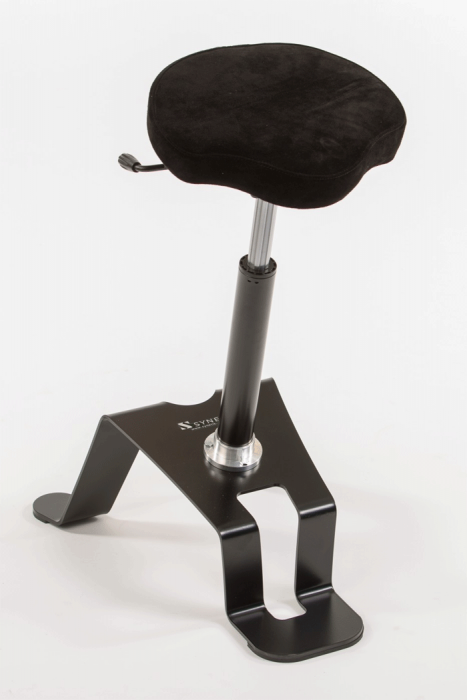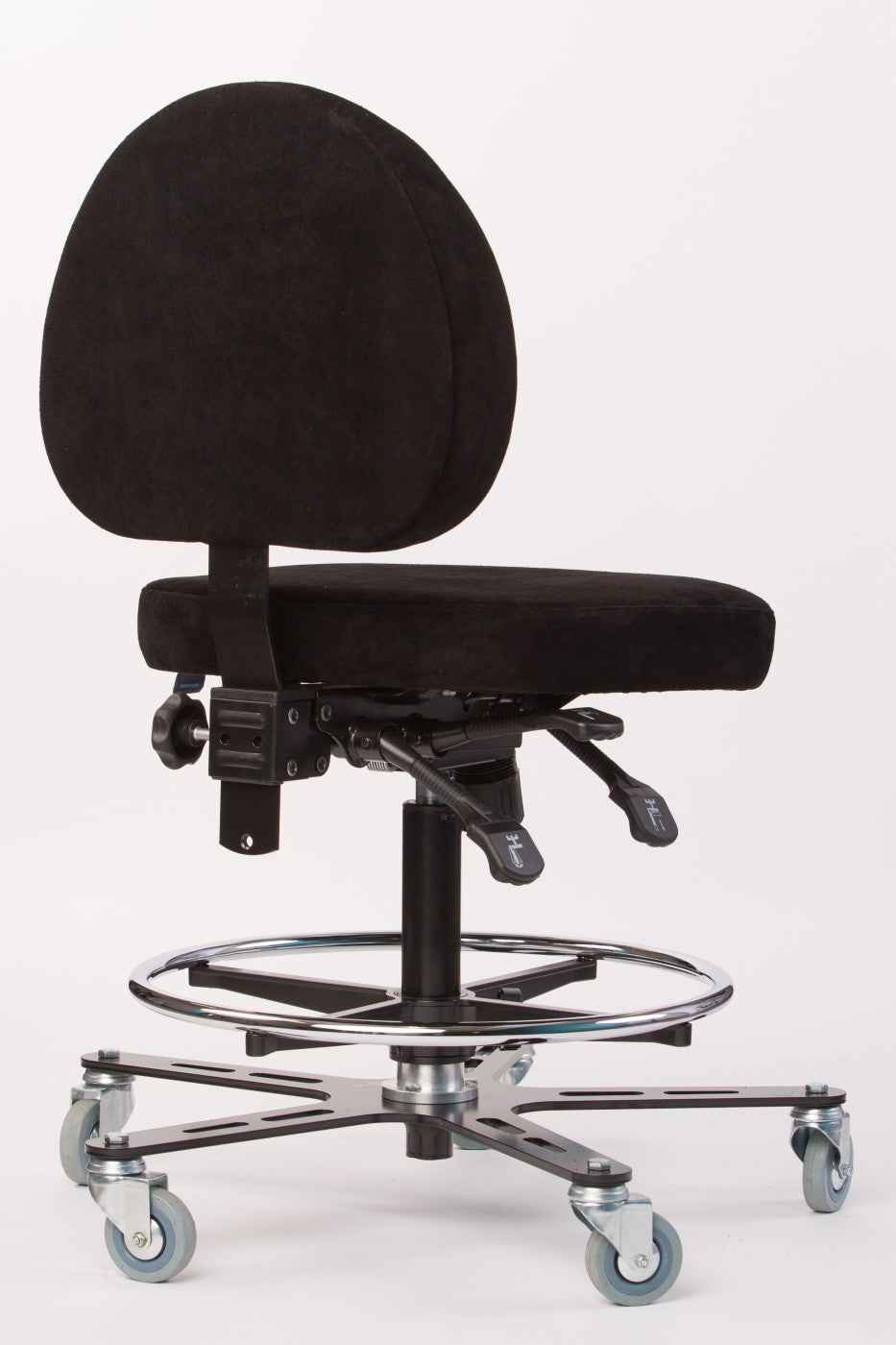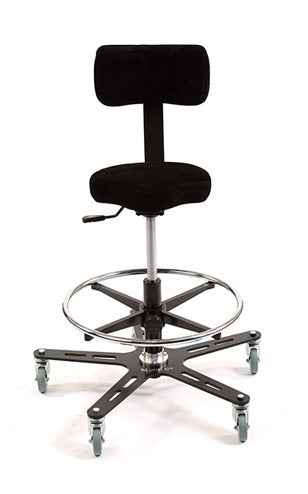Employees are usually familiar with the more obvious hazards in the industrial facility they work in. Maybe they’re working near open flame, or another heat source. Maybe there are chemicals involved in processing. However, employees typically aren’t as familiar with the ergonomic hazards that they face in their job. Employers are required to protect employees from ergonomic hazards. Citations received for workplace hazards, which include ergonomic ones, from the Occupational Safety and Health Administration (OSHA) can cost companies hundreds of thousands of dollars in daily fines. With significant fines resulting from citations and the risk of permanently injuring employees, it is critical that companies use best ergonomic practices.
Ergonomics is the study of how to improve the fit between the physical demands of the workplace and the employees who perform the work. Simply put, ergonomics is fitting the job to the worker, not the worker to the job. Poor ergonomics can lead to musculoskeletal disorders, which include more than 150 diagnoses that affect the body parts that help us move. With symptoms including pain and limitations, employees will see effects both at work and at home. In addition, treatment can be expensive and extensive, and both employers and employees can potentially face significant bills. Instead of putting employees at risk, training them in good ergonomic practices can reduce the risks of developing an MSD.
In industrial facilities, the most common types of ergonomic hazards include:
Repetitive Motion: Motion repeated throughout our daily routines
- Bending
- Lifting
- Brushing
- Sweeping
Found in facilities with assembly lines, packaging, or quality control. Also, in tasks that are linked to performance or incentives. Some examples include:
- Assembling products on a line
- Packing items in boxes
- Testing products
- Cutting and slicing food products
- Lifting items onto shelves or an assembly line
Awkward Postures: Any posture where the body deviates significantly from the neutral position while performing work activities. This can include both sitting and standing positions and is often found in work with a lot of prolonged reaching, twisting, or working overhead. Some examples include:
- Hunching over your work or desk
- Reaching over or around objects to reach your tasks
- Sitting or standing in the same position for hours at a time
Lifting: Known as manual material handling by the CDC, like workers who’s hands move individual containers manually by lifting, lowering, filling, emptying, or carrying them. Other examples include:
- Lifting items onto an assembly line
- Carrying finished items to shelves or trucks
- Loading trucks
Use of excessive force and/or forceful exertions: Frequent handling of too-heavy loads and/or loads with no handles, and poor maintenance of both equipment and the facility. This overuses and overstretches the muscles without enough rest. Some examples include:
- Using carts on rough flooring
- Using tools with loose handles
- Lifting awkward and/or heavy items alone
These hazards have many potential MSDs associated with them. Examples of some MSDs associated with ergonomic hazards include:
- Tendinitis
- Carpal Tunnel Syndrome
- Degenerative Arthritis
- Herniated Discs
While some are cured with rest and time off, others are permanent and will affect the employee forever.
There are many different methods for correcting ergonomic hazards, and they will primarily depend on the facility. One method is using material-handling aids to reduce strain on employee’s bodies. Material-handling aids can include:
- Hand trucks
- Pallet jacks
- Carts
- Ratchet Hoists
- Forklifts
- Cranes
They can used both to reduce the lifting and carrying in a task, but also to reduce the amount of bending an employee needs to do. For example, using a forklift to bring a load to the same height as the shelf it is going on can reduce the need to bend over and lift.
When it comes to lifting, it is important to follow safe practices.
Source: https://safetyskills.com/industrial-ergonomics/
































